Smart locks are essentially an advanced version of traditional electronic locks. Most smart locks currently on the market are built upon the foundation of electronic locks, with the core still being a mechanical lock. The difference lies in the added "smart layer" that enables modern unlocking methods such as fingerprint recognition, PIN codes, keycards, Bluetooth, and mobile apps.
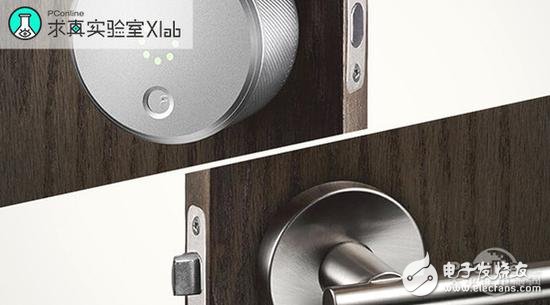
At their core, smart locks are still mechanical locks, but they come equipped with a motor that allows for electric unlocking. This makes it possible to integrate various high-tech features, enhancing both convenience and security. These devices can be connected to your smartphone, allowing you to monitor door activity remotely and keep track of when family members enter or leave your home.
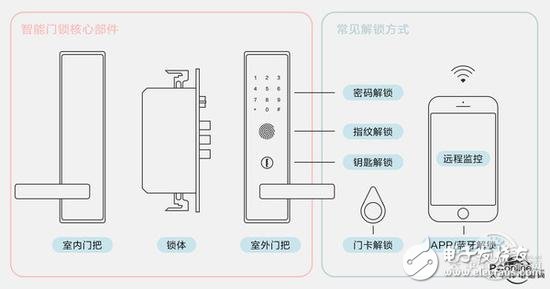
One of the main advantages of smart locks is the ability to check the security status of your front door from anywhere. This feature gives users peace of mind, especially when they're away from home.
However, safety remains the top concern for many consumers. While the "smart skin" may look impressive, the true security of a smart lock lies in its internal mechanical components. The lock cylinder and body play a crucial role in determining the overall security of the device.

When choosing a smart lock, it's important to understand that the law requires electronic locks to have a mechanical lock body and a physical keyhole. This means that even smart locks contain a traditional anti-theft mechanism inside. Therefore, it's essential for consumers to learn about the different levels of security and choose wisely.
The lock cylinder is a critical component. In China, the national standard defines two safety levels: A and B. However, these are not considered very secure. Many manufacturers now use Super B-grade (also known as C-grade or even Super C-grade) lock cylinders, which offer significantly better protection. A Super B-grade lock cylinder can withstand over 270 minutes of attempted forced entry, compared to just 1 minute for an A-grade and 5 minutes for a B-grade.
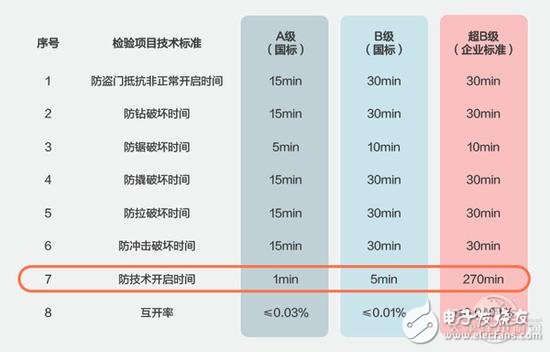
It's recommended to choose a smart lock with a Super B-grade lock cylinder for enhanced security. When purchasing, always check if the keyhole is placed on the front side of the lock rather than the bottom, as some models hide the keyhole under the panel, making it a fake and less secure.
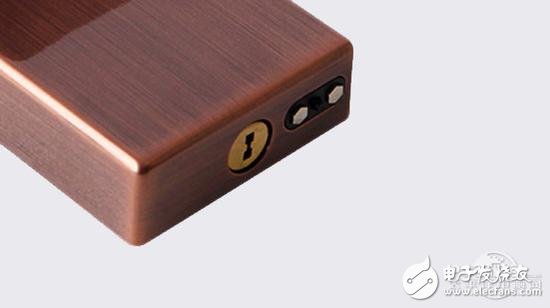
A hidden keyhole at the bottom may indicate a weaker design. It's best to inspect the structure before buying and ensure the lock hole is genuine. The real lock core should be visible and well-constructed.
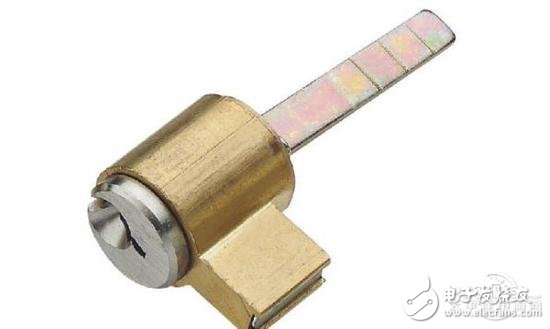
The lock body must also be reliable, particularly the motor and clutch. These internal components are difficult for consumers to assess, so it's advisable to choose reputable manufacturers with proven expertise in lock production.
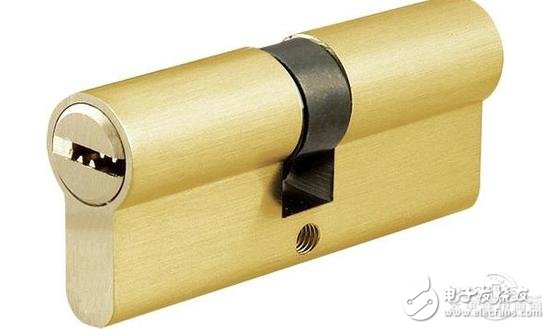
Fingerprint recognition is one of the most popular unlocking methods for smart locks. Although there have been reports of people cracking fingerprints using molds, the reality is much more complicated. Most of the fingerprints we leave behind are incomplete, and modern fingerprint sensors—whether optical or capacitive—are designed to detect unique patterns that are hard to replicate.

In practice, it's extremely difficult to fool a high-quality fingerprint sensor without the original fingerprint. While some media reports show how fingerprints can be copied, these scenarios usually require access to a person’s actual fingerprint, which is not something most people would encounter in daily life.
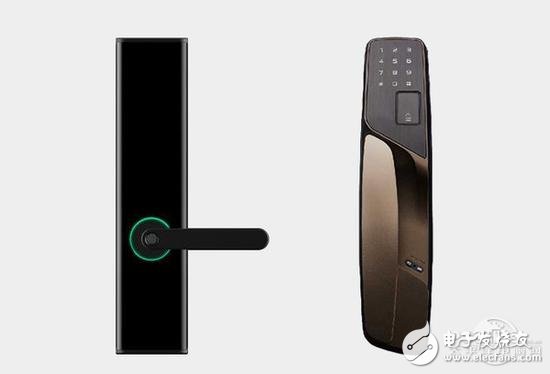
In summary, while fingerprint recognition is generally secure, the overall safety of a smart lock depends heavily on the quality of its mechanical components. Not all smart locks are created equal, and some manufacturers cut corners, compromising security for cost savings. To enjoy both convenience and safety, it's important to research and choose a smart lock from a trusted brand.
High Gain Gps Antennas
-
The Description of GPS Antenna
-
GPS is a terminal for positioning or navigation by receiving satellite signals. An antenna is needed to receive the signal. GPS satellite signals are divided into L1 and L2 with frequencies of 1575.42MHz and 1228MHz respectively. L1 is an open civil signal and the signal is circularly polarized. The signal strength is about -166dBW, which is a relatively weak signal. These characteristics decide to prepare special antennas for the reception of GPS signals
-
The use of GPS in cars will become more and more common. But the automobile shell, especially the automobile explosion-proof film produces the serious obstacle to the GPS signal. An external antenna with a magnet that attaches to the roof of the car is necessary for a GPS in the car.
-
The GPS antenna plays a pivotal role in ensuring reliable reception of these satellite signals, even in challenging environments. It is designed to be highly sensitive to the specific frequencies of GPS satellites, namely L1 and L2, enabling it to capture the weak signals emitted by the satellites effectively. The antenna's design focuses on enhancing signal capture while minimizing interference from external sources, such as the metallic body of a vehicle or the shielding effects of an automobile's explosion-proof film.
For automotive applications, GPS antennas are often equipped with a strong magnetic base, allowing them to be securely attached to the roof of a car or any other metallic surface. This placement is strategic as it positions the antenna away from the obstructive materials inside the vehicle, providing a clearer line of sight to the sky and the orbiting GPS satellites. By doing so, it significantly reduces signal attenuation, ensuring accurate and consistent positioning data for the vehicle's navigation system.
Moreover, these external GPS antennas are designed to withstand various weather conditions, including extreme temperatures, moisture, and vibrations, ensuring reliable performance over time. Some advanced models also incorporate features like multi-path mitigation, which helps to filter out reflected signals that can cause positioning errors, further enhancing the accuracy of the GPS system.
In summary, the GPS antenna is a crucial component that enables efficient and accurate reception of satellite signals, especially in automotive applications where signal obstruction is a common challenge. Its specialized design and strategic placement contribute significantly to the overall performance and reliability of GPS-based navigation systems.
-
The Picture of GPS Antenna
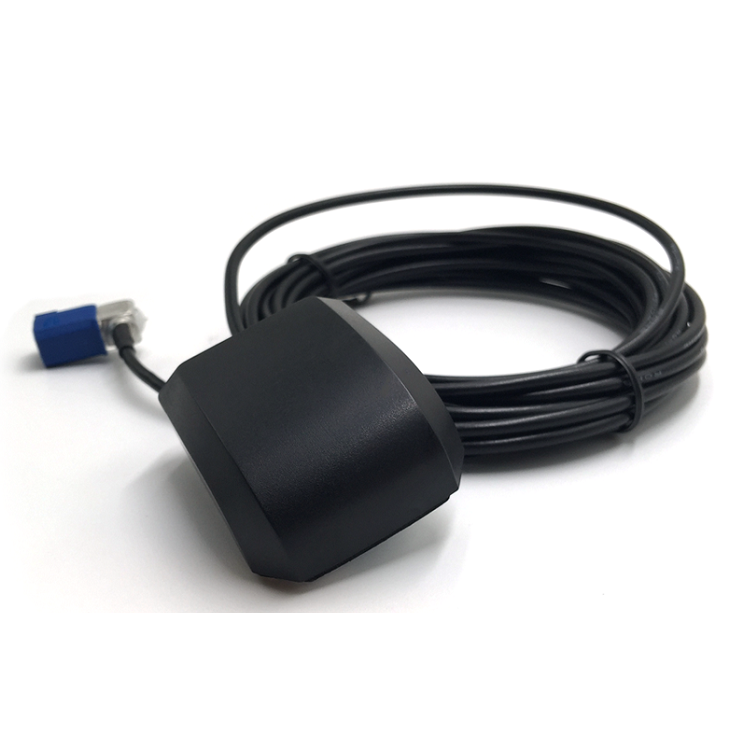
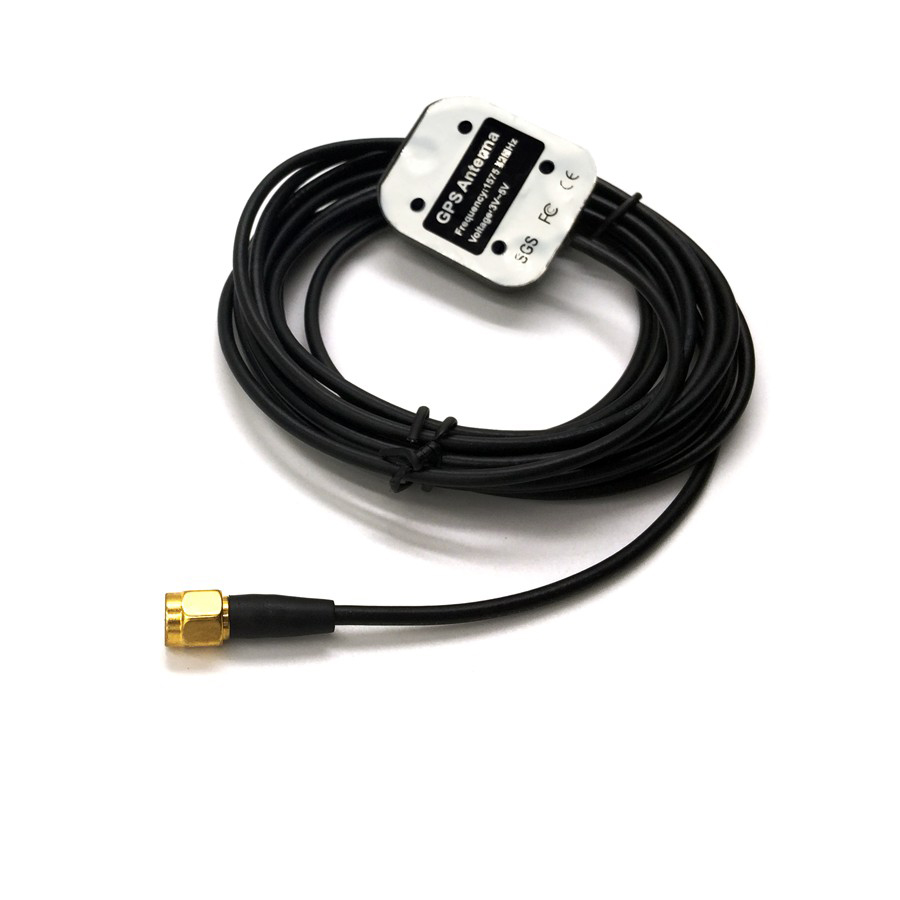
gps marine antenna,high gain gps antennas,gps car antenna,gnss & gps antenna,gps antenna tracker
Yetnorson Antenna Co., Ltd. , https://www.yetnorson.com

